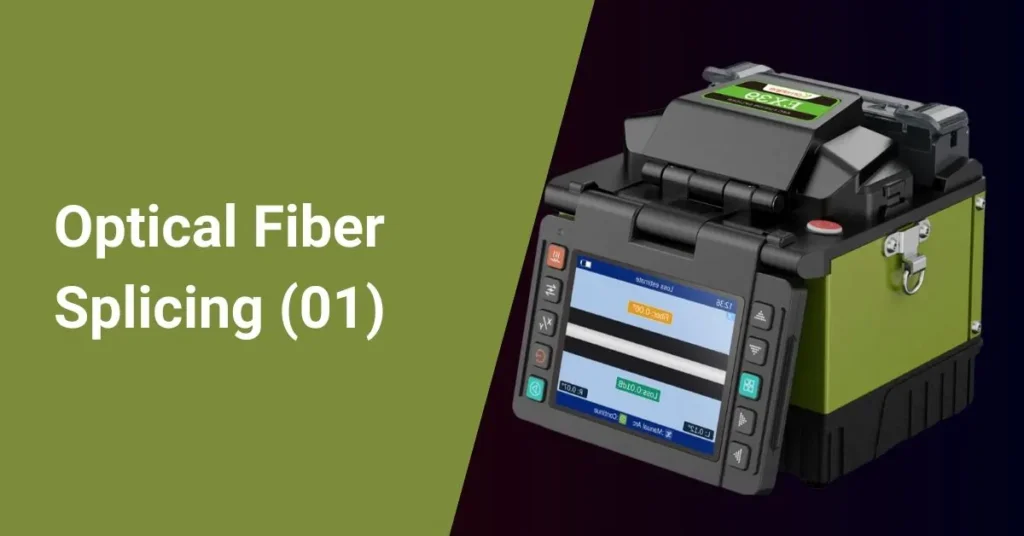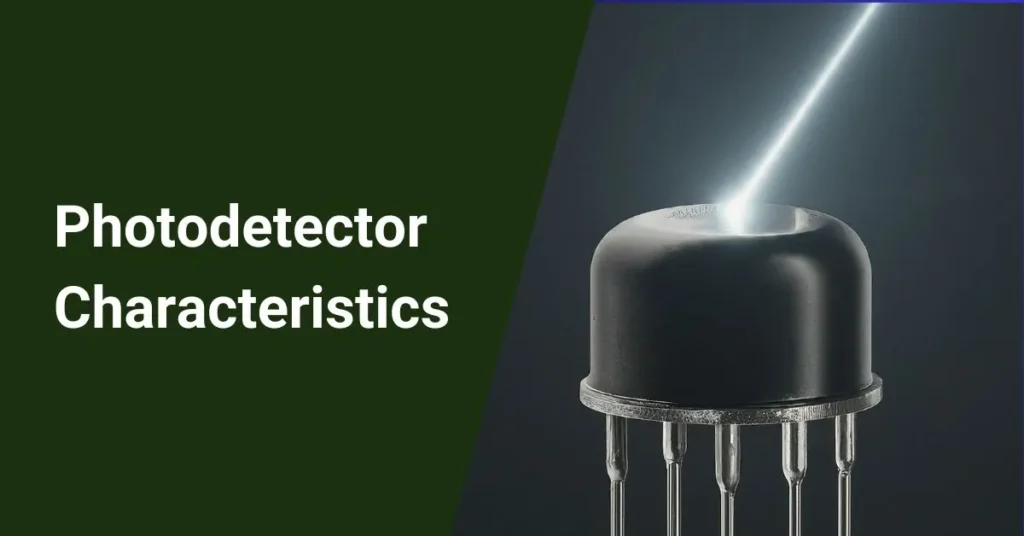Cable Diameter:
Under Tension Bend Radius:
After Installation Bend Radius:
**Note:** Always refer to the manufacturer’s specifications for the most accurate bend radius information.
This calculator helps you determine the minimum recommended bend radius for your fiber optic cable during installation and long-term use. Maintaining proper bend radius is crucial for ensuring optimal signal transmission and preventing damage to the delicate glass fibers within the cable.
Why Use This Calculator?
This calculator provides a quick and easy way to determine the minimum bend radius for your specific fiber optic cable based on its diameter. Following these recommendations helps you:
- Prevent signal attenuation: Minimizes signal loss for reliable data transmission.
- Extend cable life: Prevents micro-cracks in the fibers for long-lasting performance.
- Ensure proper installation: Guides proper cable handling during installation to avoid damage.
Disclaimer:
This calculator provides a general guideline based on commonly used bend radius factors. Always refer to the manufacturer’s specifications for your specific fiber optic cable, as they may have stricter bend radius requirements.
What is Bend Radius?
Bend radius refers to the minimum curvature at which a fiber optic cable can be bent without compromising its performance. Bending a cable excessively can cause micro-cracks in the glass fibers, leading to increased signal attenuation (loss) and data transmission errors.
How is the Bend Radius Calculated?
The minimum bend radius is typically calculated by multiplying the cable’s outer diameter by a specific factor. This factor varies depending on the type of fiber (single-mode vs. multi-mode) and the intended use of the cable (installation vs. permanent placement). Industry standards provide guidelines for bend radius based on cable specifications.
Here’s a general formula for calculating the minimum bend radius:
Minimum Bend Radius = Cable Diameter (mm) x Bend Radius Factor
Common Bend Radius Factors:
- Under Tension (Installation): 20x cable diameter (Provides flexibility during installation without compromising long-term performance)
- After Installation: 10x cable diameter (Maintains signal integrity for long-term use)
Industry Standards:
Several industry standards define minimum bend radius requirements for fiber optic cables. Some prominent standards include:
- TIA/EIA-568-B.3: Telecommunications Industry Association standard for optical fiber cable installation.
- IEC 61754: International Electrotechnical Commission standard for fiber optic cable performance specifications.




